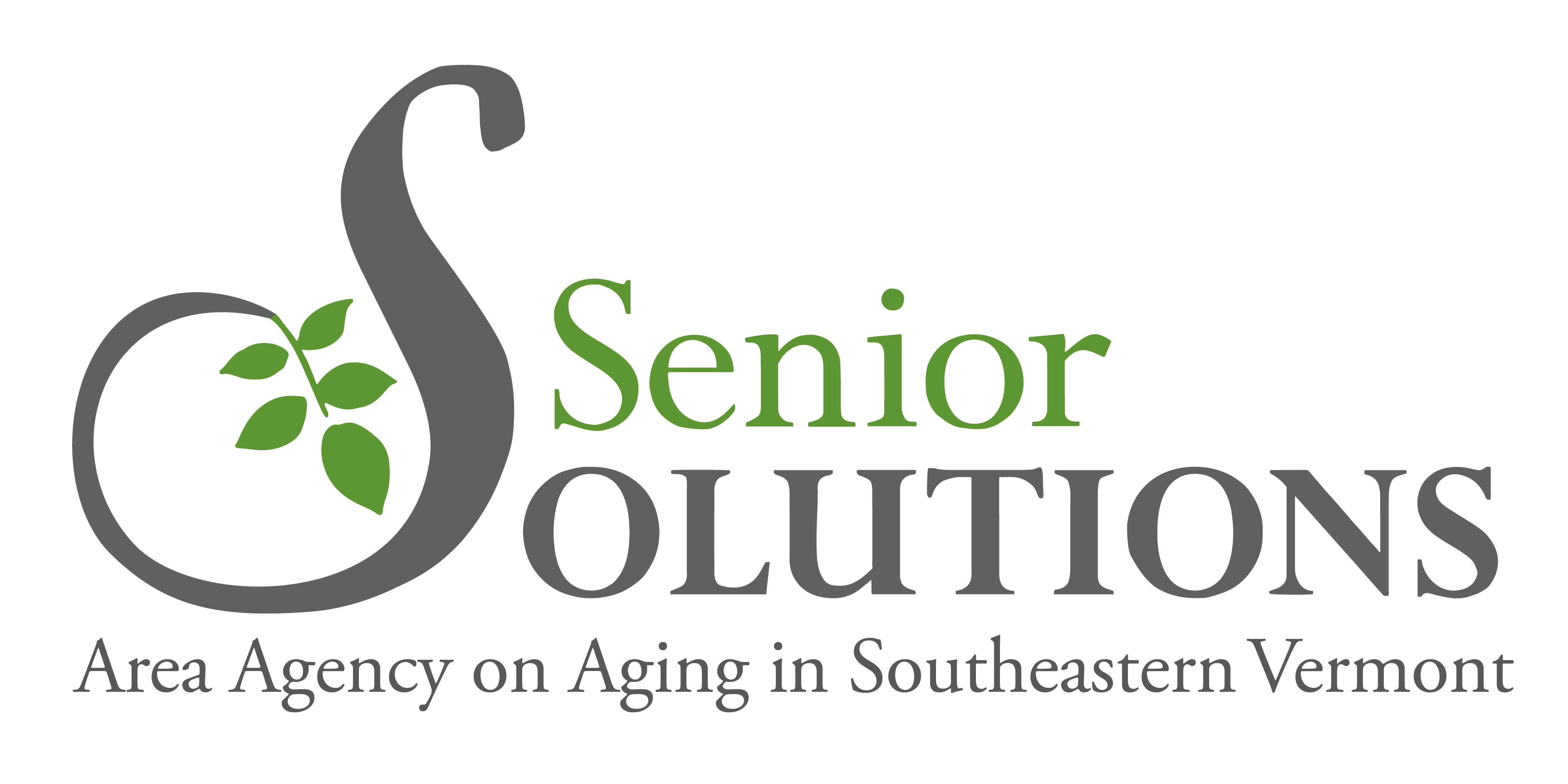The following information has been extracted from a July 27, 2023, Article by Matt Gonzales who wrote it for the Society for Human Resource Management where he is the editor for Diversity, Equity, and Inclusion:
Federal data has shown that from 2021 – 2022 the U.S. median age is rising by 0.2 years to be 38.9 years, while population growth is slowing. Both statistics have implications for businesses. No states experienced a decline in the median age. Maine has the highest median age at 44.8 and Texas has the lowest median age at 35.5. The median age is experiencing a slow but steady rise.
Economists see this trend as leading to higher labor costs including salaries, health insurance, paid time off, and other contributions. Add another issue: without good childcare and elder care, many employees will have to drop out of the workplace to care for aging parents. As Francine Gordon, a lecturer in management and entrepreneurship at the Leavey School of Business at Santa Clara University, observed:
Businesses could face talent shortages due to lower birth rates in the years ahead. The resulting strategies include attracting older workers which will be beneficial to many industries. As the working-age population growth slows there does not appear to be a demographic wave coming to save employers. As a result, we are seeing many people postponing retirement and some retirees are returning to work. Attracting and supporting older workers can help to maintain company talent pools.
What supports Older Employees:
Flexible workplace options (part-time, reduced hours, remote, and job sharing).
Health and Wellness benefits.
Policies enabling older workers to gradually transition into retirement.
Empowering all talent, regardless of their age or background creates an inclusive working experience.
To read the entire article by Matt Gonzales go to shrm.org/authors or Google: Matt Gonzales.

